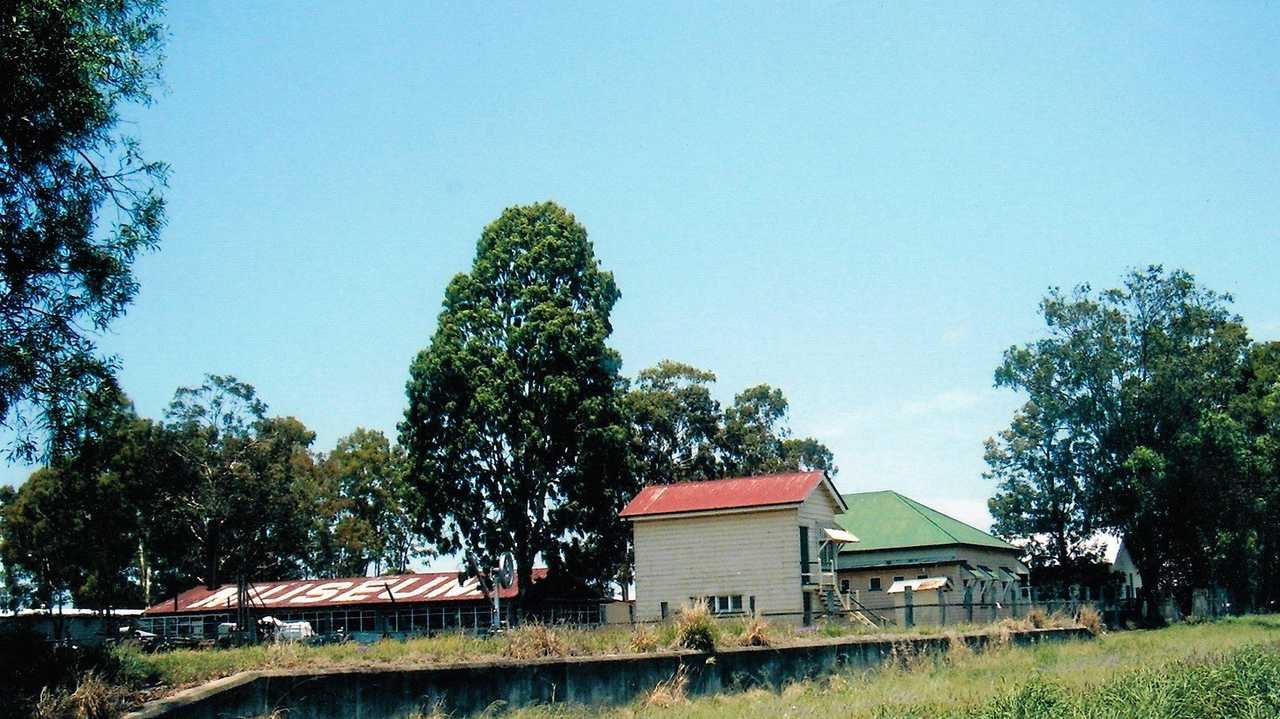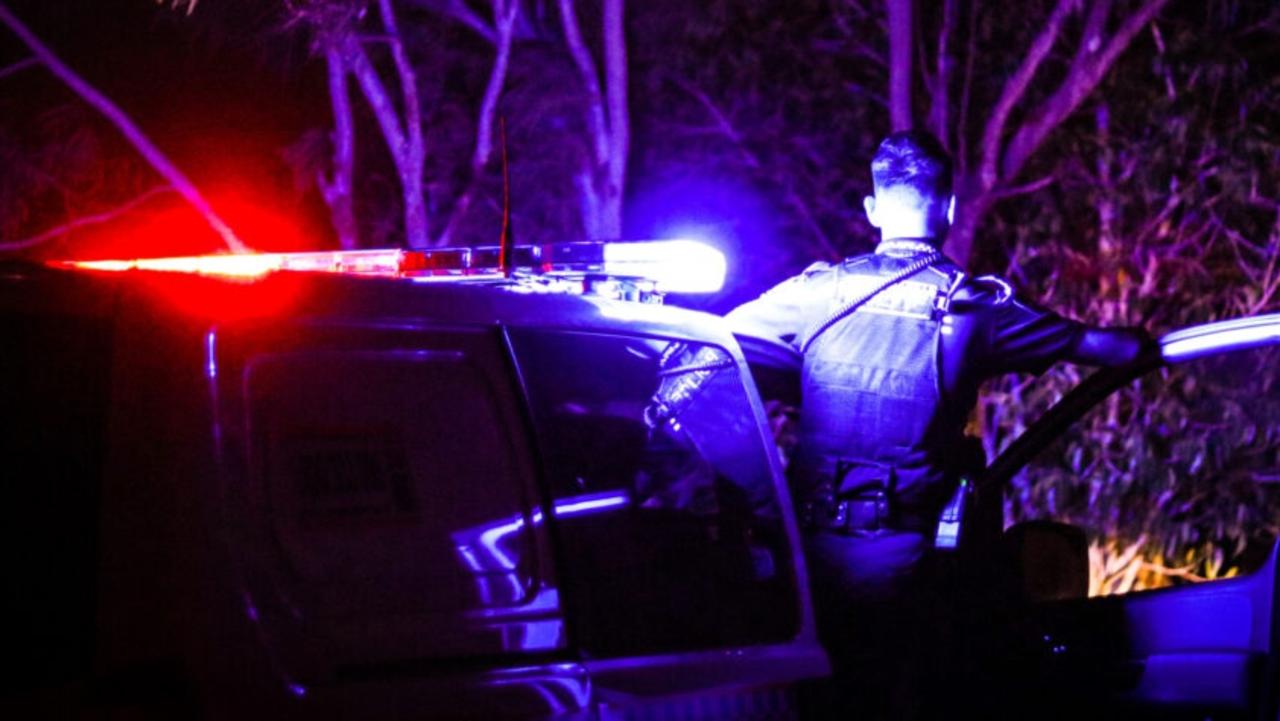Reflecting on Chinchilla's thriving railway history
IT'S EASY to lose track of Chinchilla's history. Progress can erase all traces of buildings and places that were once integral to the town's way of life.

Chinchilla
Don't miss out on the headlines from Chinchilla. Followed categories will be added to My News.
IT'S EASY to lose track of Chinchilla's history.
Progress can erase all traces of buildings and places that were once integral to the town's way of life.
Chinchilla was originally a dairying centre with a thriving livestock industry, butter and cheese factories and businesses that were based on supporting all facets of rural enterprise.
When the new Botanical Gardens is complete, it is hoped that one relic of Chinchilla's past will be honoured and its history not forgotten.
Once the centre for a booming pig and calf sale and spelling yards vital to the movement of cattle from the west of Queensland, the railway siding on Canaga St is now nothing more than a cement ramp with the words - Dead End RIP inscribed somewhat appropriately along the length of it.
Merv Evans, son of Roy and Della Evans grew up on Railway St in the late 1930s.
Until he was 10 years old Merv spent his time playing in the scrub that surrounded that area of town bordered by Railway, Canaga and Villiers streets.
Within this area a branch line terminated at stock yards adjacent to Railway St where the original platform still remains.
The Canaga St railway ramp was one of the key attractions for Merv.
The cattle wagons would shunt back as far as Villiers St to allow unloading of stock at the ramp.
From here, drovers would walk the cattle across the railway reserve and along Wambo St to Burnt Bridge to water at Charlie's Creek.
The drovers had to clear the streets first, telling kids to stay clear and asking residents to shut any access gates along the route.
These cattle had travelled long distances from places in the far west.
They were often wild and very thirsty by the time they were unloaded at the Chinchilla siding for spelling.
After being rested and fed overnight in the spelling yards the cattle were loaded back onto train wagons and continued on their journey east, to the Cannon Hill sale yards and abattoirs.
Local cattle were loaded here too.
Cannon Hill, in those days was the major selling centre for cattle from all over Queensland.
Merv's father, Roy owned the slaughter yards and piggery on Roger St next to Bulldog Park.
One of his jobs was to clear the railway yards of any beasts that had died in the spelling yards or on the train.
He would take them away and boil them down in a large vat to feed to pigs.
The railway siding and sale yards were a hub of activity in Chinchilla in the 1940s.
Weekly sales gave locals an opportunity to catch up and yarn.
Dairy farmers were making good money from bobby calves and pigs; all bi-products of dairying and there was a buzz of excitement in the air, come market days.
Anyone with furniture or goods to sell would bring them along, giving sale days a flea market atmosphere.
Merv Evans remembers those days well.
"I used to take the back seat out of the old Buick, put a couple of corn sacks down and take two or three bobby calves to the sale every week.
"Then that night I'd pick up the Schmidt girls from down the road and give them a lift to the cinema.
"Of course, I'd wash out the back of the car first," he added with a laugh.
There were two sheds at the railway siding on Canaga St.
One was owned by Les Beaumont and the other by Mick Pallisier.
Mick and Les held weekly auctions of bobby calves and pigs.
Les Beaumont built his shed in 1946 and was an agent for Queensland Bacon Co at Murarrie, Brisbane.
Mick supplied Darling Downs Bacon Co-Op, Toowoomba which processed small goods and fresh meat.
Every Tuesday local farmers brought their produce in to be weighed and sold on consignment to the meatworks, or directly for cash from the agents.
Later that day the animals were loaded at the railway siding for transport to Toowoomba and Brisbane.
Bobby calves made up a large part of a dairy farmer's income and up until 1942 farmers were happy with the price they were receiving for butter fat.
The milk was separated at the dairy and only the cream went to the butter factory.
This left skim milk available for calf feed.
With the opening of the cheese factory, things changed drastically.
Farmers were directed to send whole milk straight to the cheese factory.
It was separated leaving only the whey.
This was returned to farmers for calf milk, but it was not nutritious enough.
Calves lost weight and developed scours and farmers had to buy in a supplement called Codlivene adding to the expense of raising their bobby calves.
There was no longer the option to send cream to the butter factory, once the cheese factory opened.
The following year the cheese factory closed when the rationing of petrol was enforced and there were shortages of materials due to the war.
Farmers were already leaving the dairy industry due to low prices, the high cost of labour, long working hours and higher taxes.
They turned to pigs and vealers and by the 1950s the landscape of Chinchilla was already changing.
Originally published as Reflecting on Chinchilla's thriving railway history






